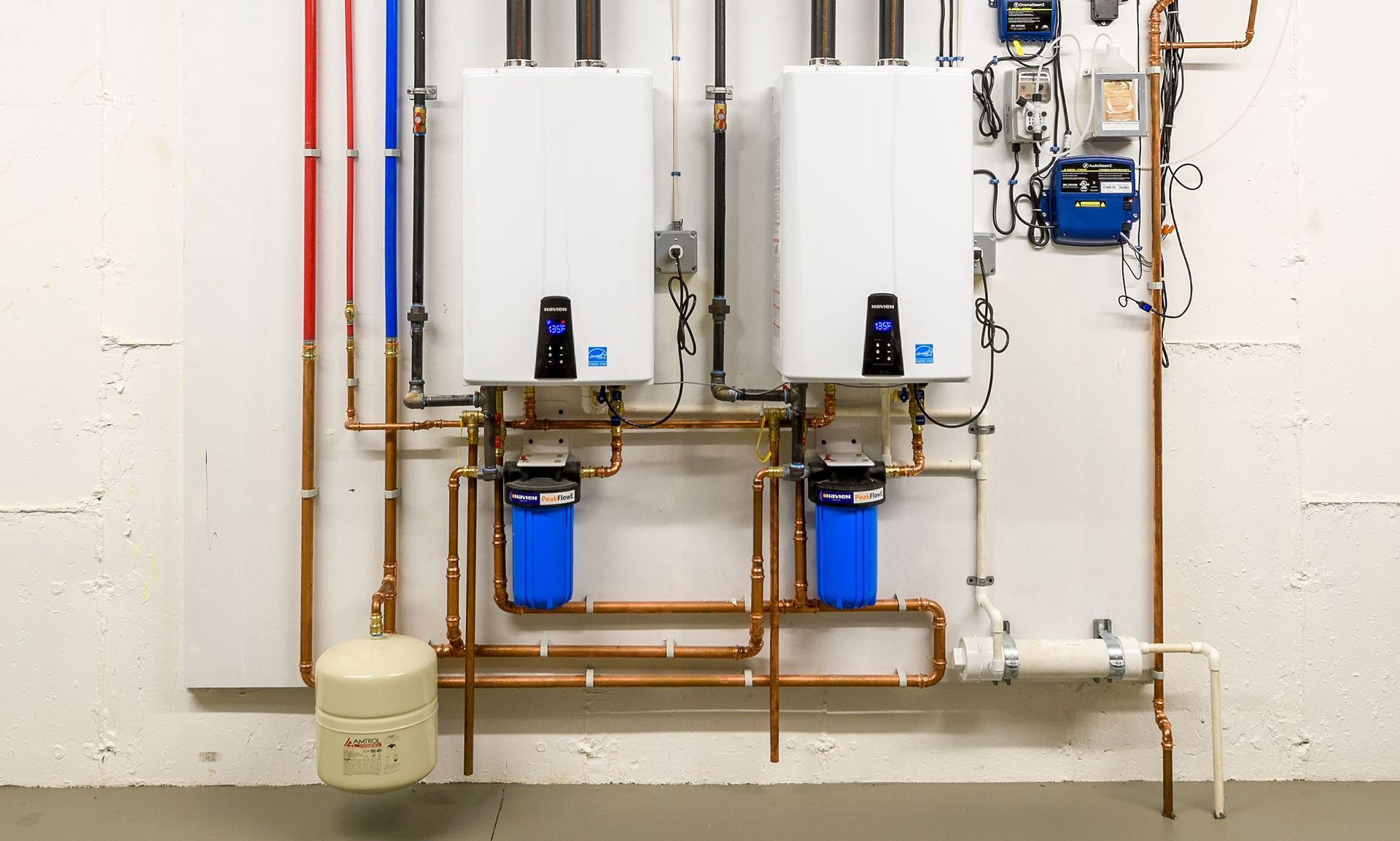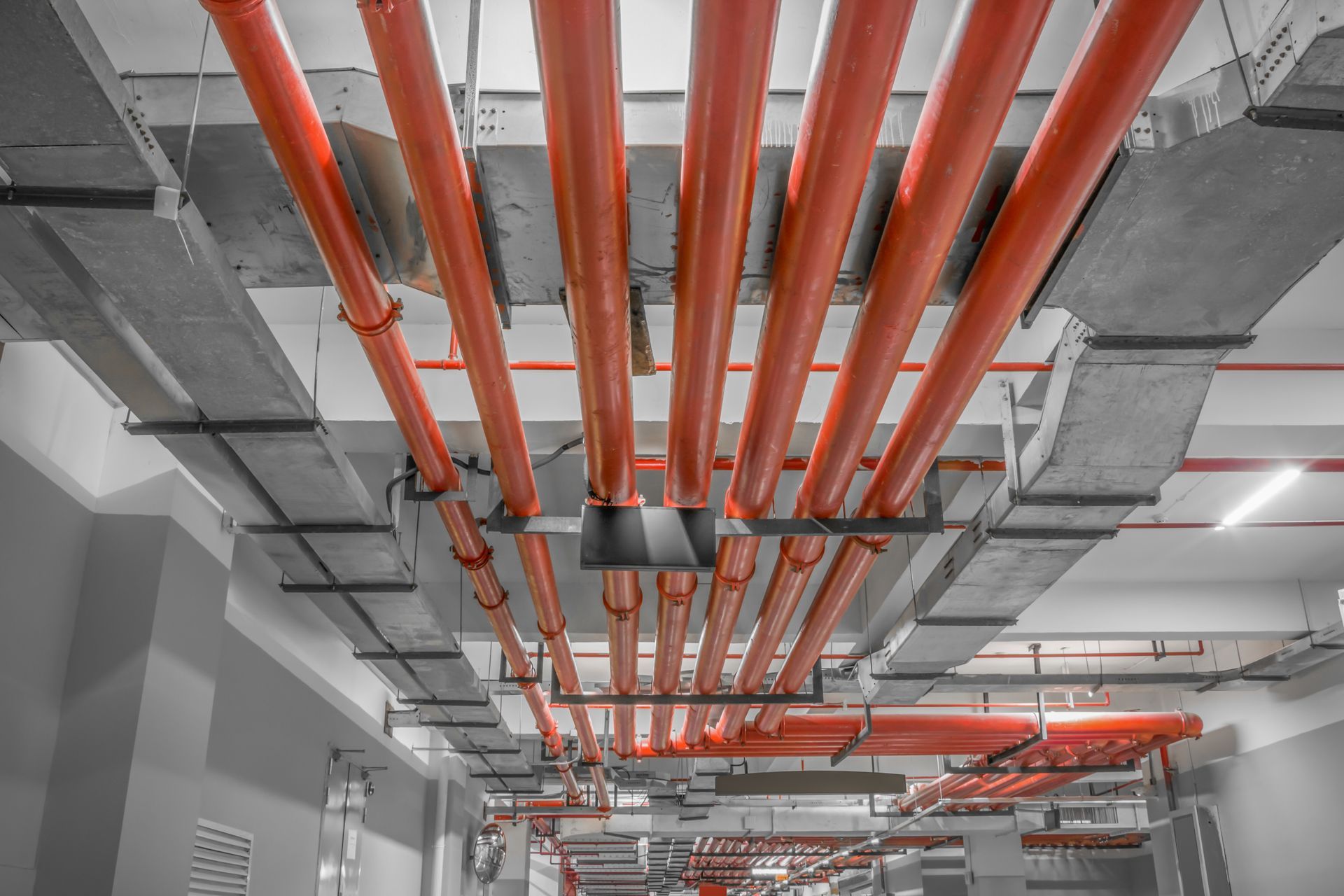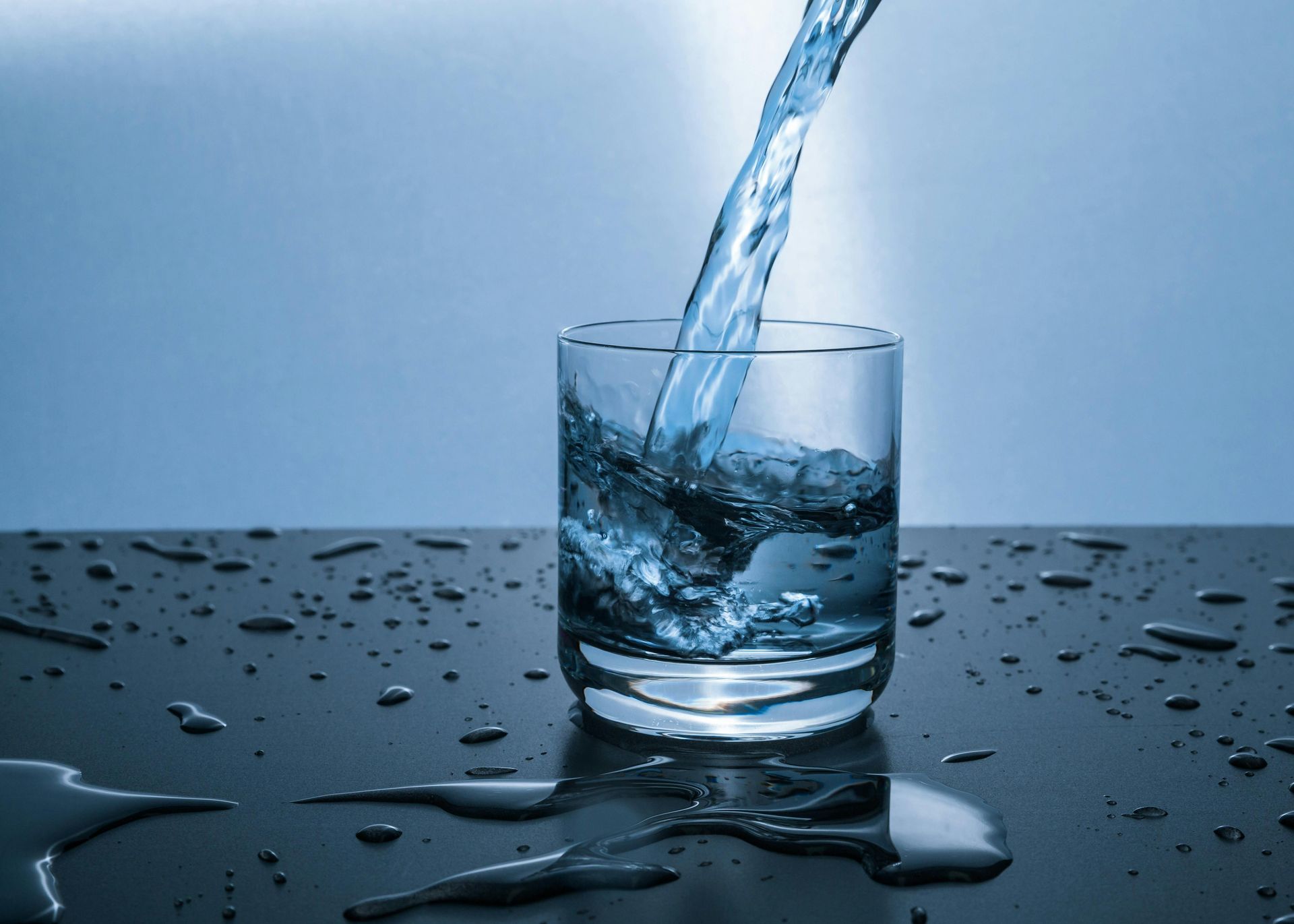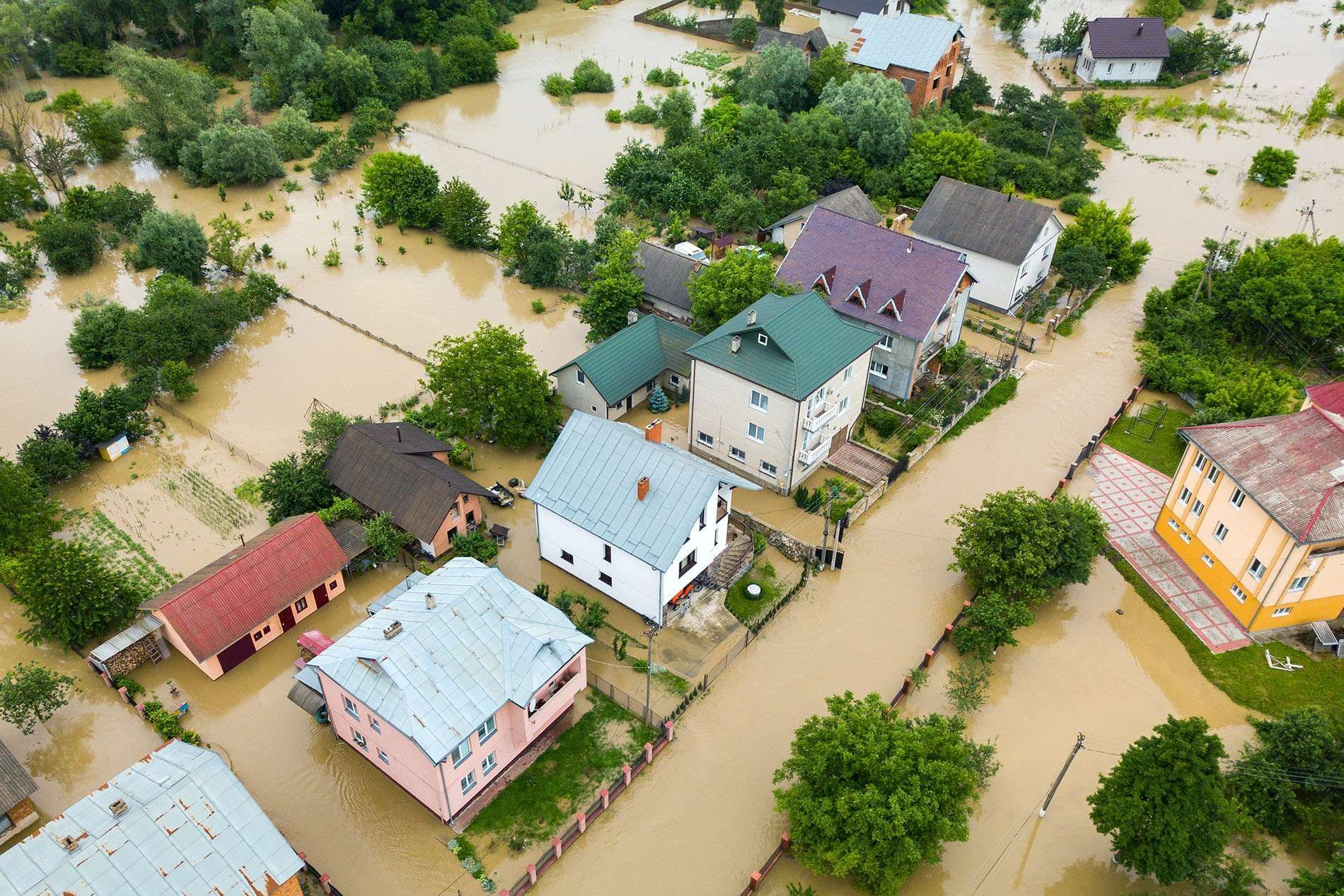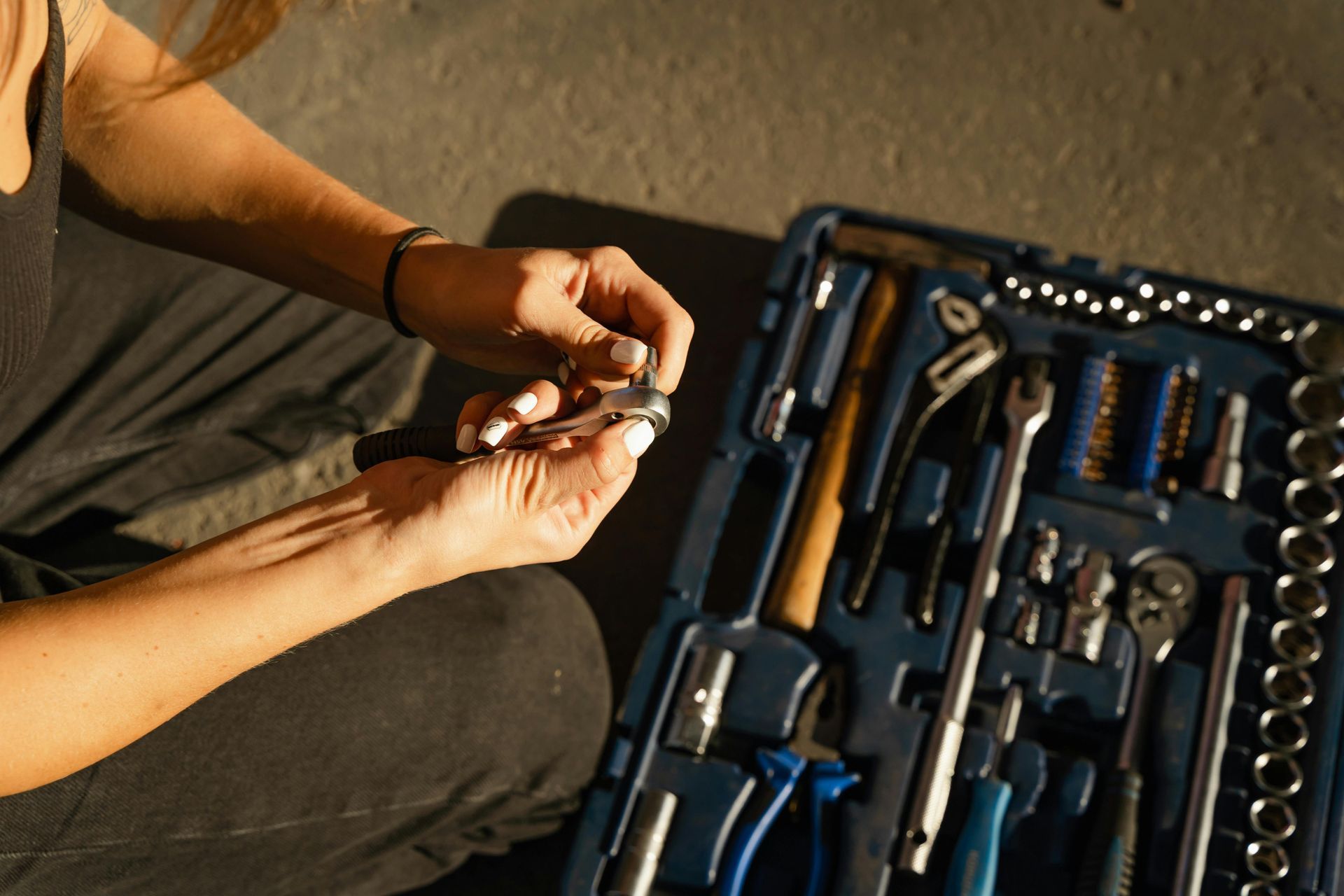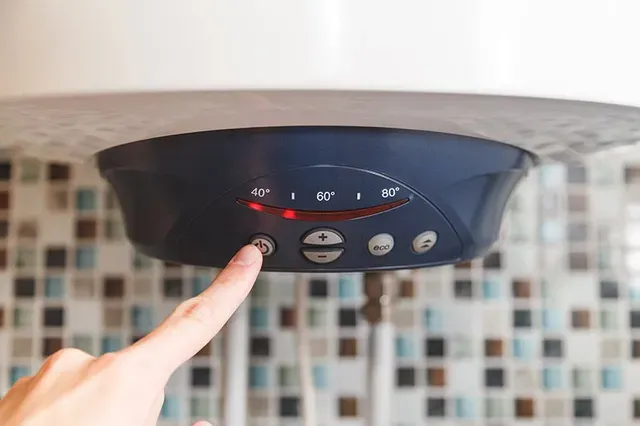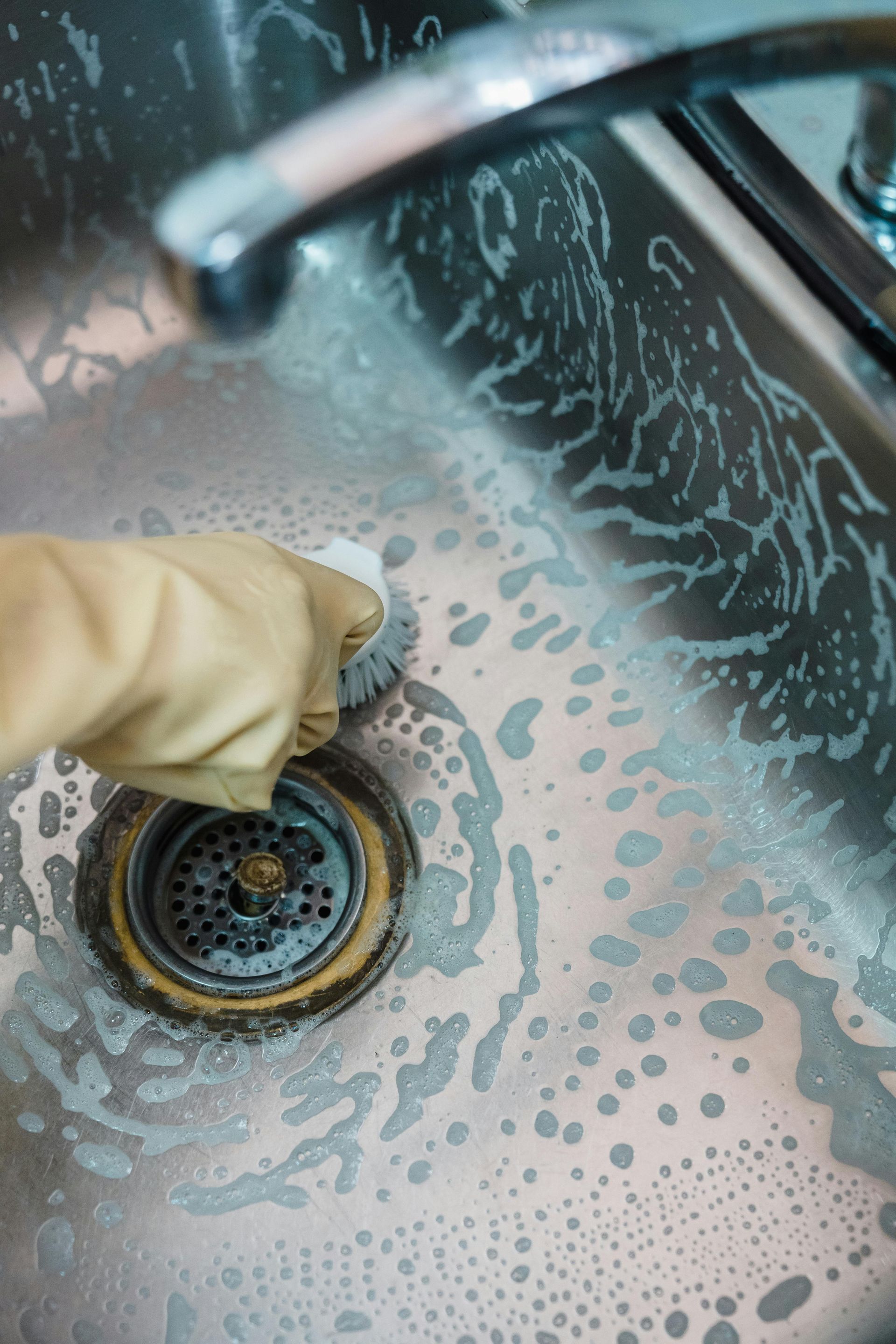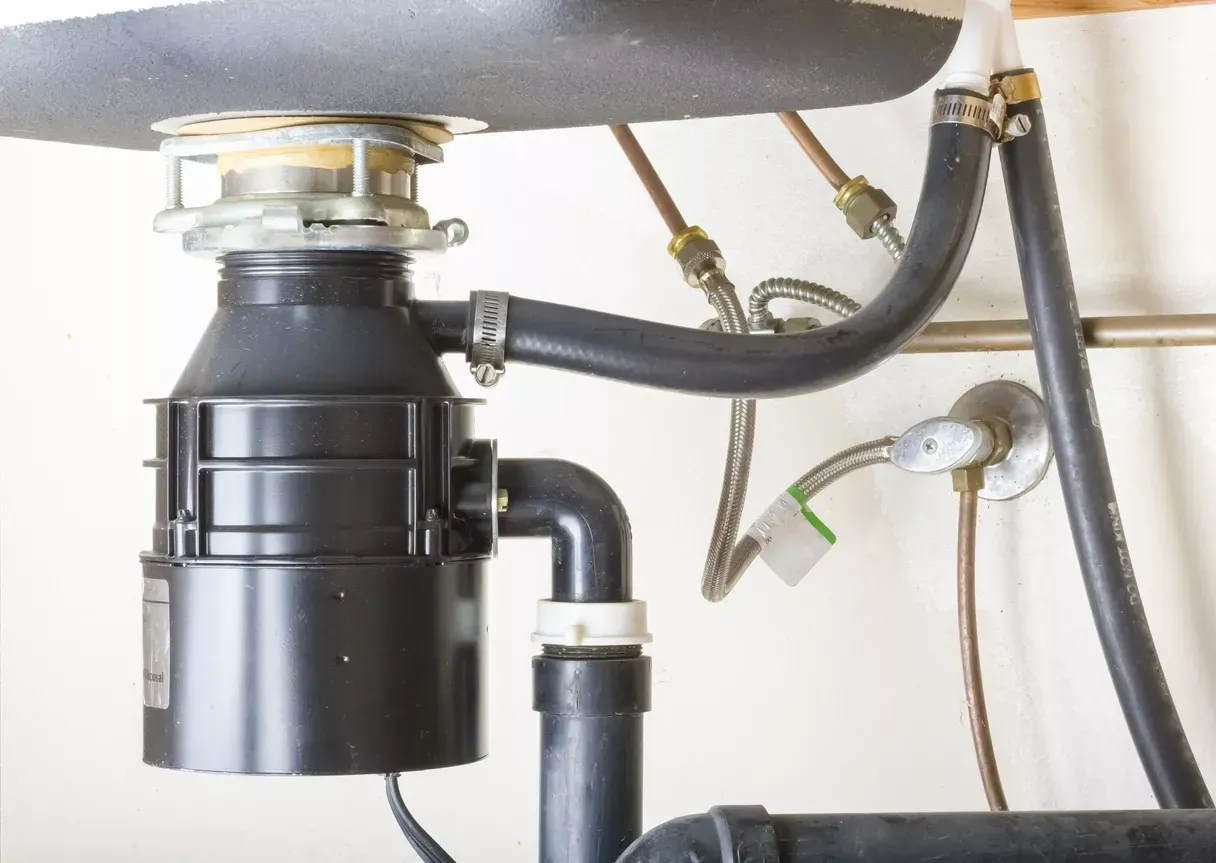How to Fix a Collapsed Sewer Line Without Digging
A collapsed sewer line is one of the worst plumbing disasters a homeowner can face. The mere thought of sewage backing up into your home, slow drains, foul odors, and potential health hazards is enough to make anyone panic. Traditionally, fixing a sewer line meant excavation—a costly, time-consuming, and disruptive process that could tear up your yard, driveway, or even parts of your home. But thanks to modern trenchless technology, you can now repair or replace a collapsed sewer line without digging up your property.
This guide will take you through the causes of a collapsed sewer line, the innovative methods available for trenchless repairs, potential risks, expert recommendations, and preventive measures to ensure your plumbing system remains in top shape.
Why Does My Sewer Line Keep Backing Up?
Understanding Why Sewer Lines Collapse
Before jumping into the solutions, it's crucial to understand why sewer lines collapse in the first place. Sewer pipes, especially older ones, are prone to wear and tear over time. Tree roots, ground shifts, corrosion, and heavy loads from above-ground structures can all contribute to their deterioration.
Aging pipes, particularly those made from clay, cast iron, or Orangeburg (a tar paper-based material used in the mid-20th century), are especially vulnerable. These materials weaken over decades and can no longer withstand the pressure of soil movement, root infiltration, or the weight of driveways and buildings above them. When they collapse, sewage has nowhere to go, leading to backups and potentially severe damage.
How to Diagnose a Collapsed Sewer Line
Knowing the signs of a collapsed sewer line early can save you from a full-blown plumbing disaster. Watch out for warning signs such as multiple slow or clogged drains, sewage backups in toilets or sinks, gurgling noises from the pipes, foul odors around your home, and patches of unusually lush grass in the yard (a sign of leaking sewage). If you suspect a collapse, a professional plumber will typically use a sewer camera inspection to confirm the issue.
Trenchless Repair Methods: Fixing a Sewer Line Without Digging
Now, onto the good news—there are advanced repair methods that eliminate the need for digging up your property. Trenchless sewer repair techniques provide durable, long-term solutions while minimizing disruption. Here’s how they work:
1. Pipe Lining (Cured-in-Place Pipe – CIPP)
One of the most popular trenchless repair methods, pipe lining involves inserting a flexible, resin-coated liner into the damaged pipe. The liner is inflated and then cured using steam or UV light, creating a new, seamless pipe within the old one. This method is ideal for minor collapses where the structural integrity of the old pipe is still partially intact.
2. Pipe Bursting
If your sewer line is beyond repair and needs replacement, pipe bursting is an excellent option. This technique involves pulling a new pipe through the old, collapsed one while simultaneously breaking apart the old pipe. The new pipe is made of high-density polyethylene (HDPE), which is highly durable and resistant to root intrusion and corrosion.
3. Slip Lining
An older but still viable method, slip lining involves inserting a slightly smaller pipe into the existing sewer line. The space between the old and new pipes is then grouted to secure it in place. While this method reduces the overall diameter of the sewer line, it still provides a strong and effective solution for collapsed pipes.
4. Spray Lining and Brush Coating
For minor cracks and damage, a specialized epoxy spray can be applied inside the existing pipe. This method creates a smooth, corrosion-resistant surface that extends the life of the sewer line. However, it’s not as effective for completely collapsed pipes and is better suited for preventative maintenance.
Risks and Considerations of Trenchless Sewer Repair
While trenchless methods are incredibly effective, they do come with certain considerations. First, not all sewer lines are suitable for trenchless repair. If the pipe is severely deformed or crushed, trenchless methods may not work, and partial excavation might still be necessary.
Additionally, trenchless repair requires specialized equipment and expertise, meaning not all plumbers can perform these services. Always ensure you hire a qualified professional who has experience with trenchless sewer repair to avoid botched jobs that could lead to even more costly problems.
Expert Recommendations for Choosing the Right Solution
Choosing the best trenchless repair method depends on several factors, including the extent of the collapse, pipe material, and location. Here are some expert recommendations:
If the pipe has minor collapses but is mostly intact, pipe lining is your best bet.
If the pipe is severely damaged or beyond repair, pipe bursting is the most effective long-term solution.
If cost is a major factor and the pipe isn’t fully collapsed, slip lining or spray coating can be viable temporary fixes.
Always get a professional sewer camera inspection before making a decision to ensure you’re choosing the right method for your specific situation.
Preventing Future Sewer Line Collapses
Once your sewer line is fixed, the last thing you want is to go through the nightmare again. Here’s how to prevent future collapses:
Schedule Regular Inspections: A professional sewer camera inspection every couple of years can help catch early signs of trouble before they become full collapses.
Avoid Planting Trees Near Sewer Lines: Tree roots are one of the leading causes of sewer line damage. If possible, keep large trees away from your plumbing system.
Be Mindful of What Goes Down the Drain: Grease, food particles, and non-flushable items can contribute to pipe deterioration over time.
Upgrade Older Pipes: If your home still has clay or Orangeburg pipes, consider proactive replacement before they inevitably fail.
Conclusion: A Modern Solution for a Common Problem
Gone are the days when fixing a collapsed sewer line meant destroying your yard, driveway, or basement floor. Thanks to modern trenchless repair methods, you can restore your sewer line with minimal disruption, saving time, money, and headaches.
Whether it’s pipe lining, pipe bursting, or another trenchless technique, knowing your options and acting quickly can make all the difference. And remember, prevention is always better than repair—regular maintenance and mindful habits can help keep your sewer line intact for decades to come.
